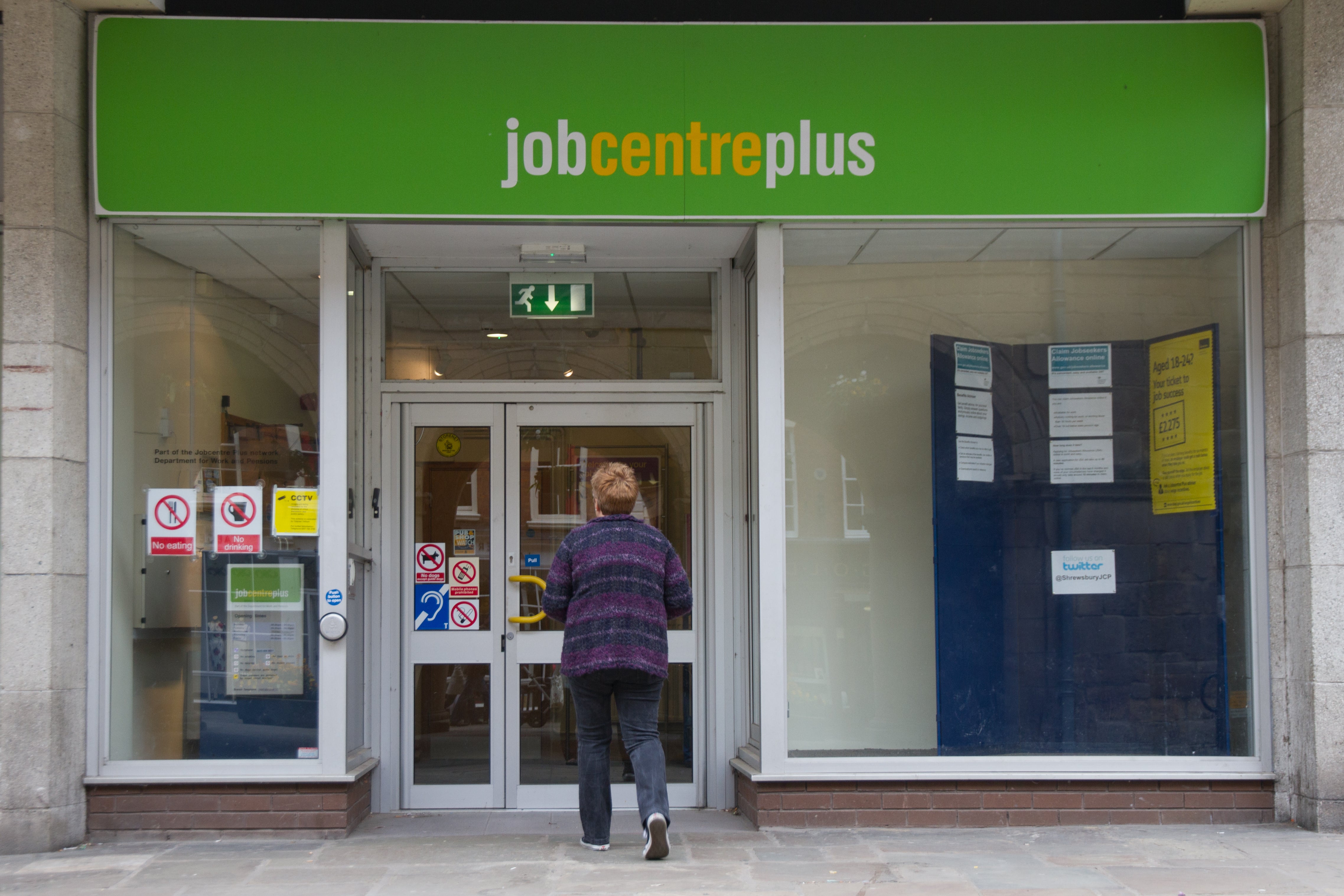Furlough scheme rides to the rescue again as joblessness surges
Chancellor Rishi Sunak consulted with unions and employers to create the scheme – the government needs to do that more often if it is to heal the economic wounds caused by the pandemic, writes James Moore


It was possible to find one or two chinks of light amid the grim jobs data put out by the Office for National Statistics.
Take vacancies. From September to November they were up by 110,000 compared to the previous three months, despite the fact that Covid-19 restrictions were tightening during the period under consideration (part of which was under lockdown)
Overall hours worked also increased. From August to October, the total number came out at 960 million a week, an increase of 104.9 million compared with the previous three months.
We’re looking at different time periods because the numbers come from two different surveys (respectively the vacancy survey and the labour force survey). The data is the most up to date available for each.
What’s common to both, unfortunately, is a caveat: those numbers, while improving, are still well below pre-pandemic levels and the comfort they provide when set against the rest of the figures is limited.
The same caveat isn’t applicable to pay, which grew by 2.1 per cent in real terms. But that number was obviously boosted by people returning from furlough.
To benefit from rising wages you obviously first have to have a job. The number of people who don’t has increased sharply, with the rate of unemployment surging to 4.9 per, cent from 4.2 per cent, during the three months to October. That amounts to 1.7 million people, 411,000 more than a year previously.
The premature wind down of the job retention, or furlough, scheme meant those figures were higher than they might have been, a point made Labour. But without it they would have been worse still.
The scheme’s positive influence was visible across the data.
The unemployment rate is only expected to peak after it has been removed in the spring, at maybe 7.5 per cent, or 2.6 million in the second quarter of the year.
It bears repeating that in the 1980s those numbers were 11.9 per cent and nearly 3.3 million.
If numbers like that are ultimately avoided, the furlough scheme will be a major reason.
Even with the assistance it, and other schemes, have provided the coronavirus is still going to leave deep economic wounds that won’t easily be healed.
They will probably be at their deepest in places that already have scars from earlier shocks, and above average unemployment to boot.
Take retail closures, exacerbated and accelerated by the pandemic. They are hitting smaller town centres hardest because they’re often the places where outlets were barely profitable before Covid-19 landed. The same may also be true of restaurants, cinemas, even some pubs.
Relying on the free market to ride to the rescue and magically fix things when the virus has been brought under control and the UK has been reopened is an example of magical thinking.
A lot of the closures will inevitably be permanent. And it begs the question, what next for the people affected by them.
Consider too that all of the outlets mentioned are communal meeting places. The societal cost of their disappearance therefore goes beyond the employment that will be lost.
The TUC has repeatedly called for the creation of a national recovery council involving government, unions and employers to be put together to tackle the long-term challenge this presents. So far there’s been little sign that the government, which doesn’t always play nicely with others, is listening. But it should.
“Build back better,” is just another sad slogan if efforts aren’t made to address the aftermath of the crisis. The creation of something like the proposed council would be a good start.
Sunak deserves credit for overseeing the collaborative effort that led to the creation of the furloug scheme. It has proven to be one of the government’s most successful policies.
While it won’t be so easy to find treatments for the deep economic wounds the pandemic is inflicting – and attempts at quick fixes could make a bad situation worse – a similarly collaborative effort is the best way to go about creating bandages.



Join our commenting forum
Join thought-provoking conversations, follow other Independent readers and see their replies
0Comments